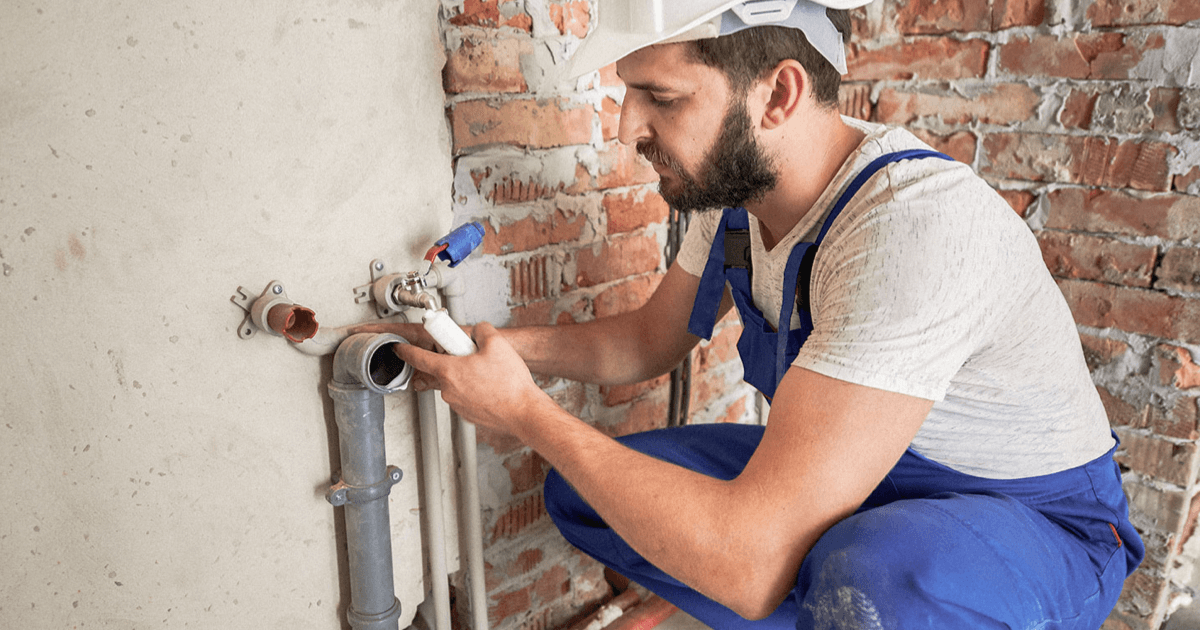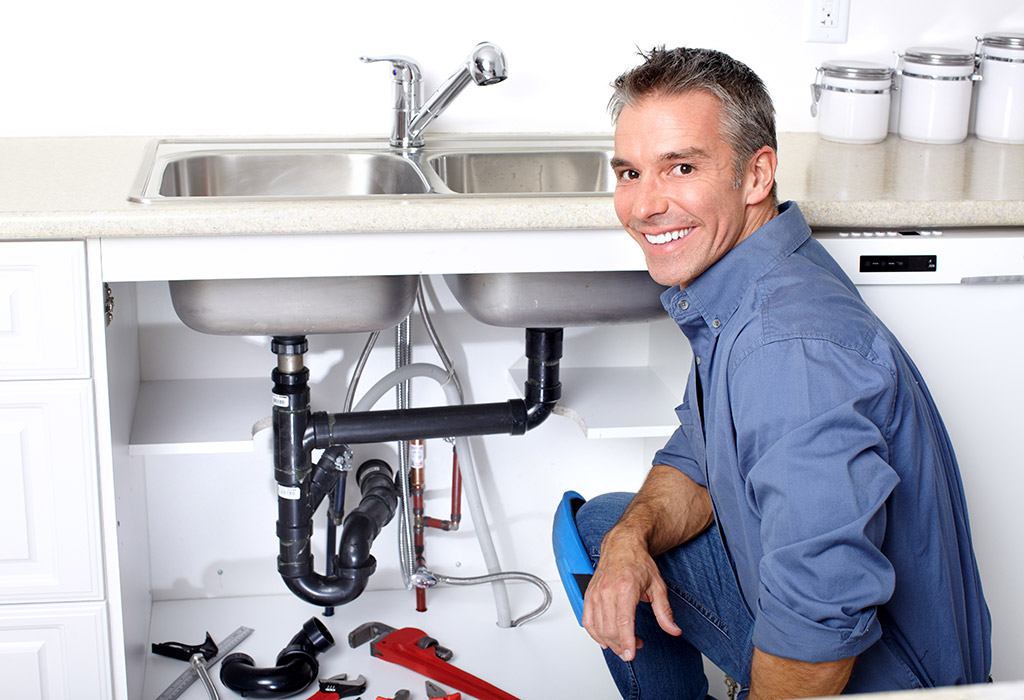Professional Drain Cleaning Alabaster AL to Maintain Your Pipeline Flowing
Professional Drain Cleaning Alabaster AL to Maintain Your Pipeline Flowing
Blog Article
A Detailed Guide to Effective Water Heating Unit Installment for Optimum Efficiency
Getting started on the task of setting up a water heating system is a venture that demands precision and an organized approach for achieving ideal efficiency. As you proceed, the ins and outs of connecting water supply lines and establishing up reputable electric or gas connections wait for, encouraging insights into making certain efficiency and dependability.
Choosing the Right Hot Water Heater

Next, take into consideration the size and capacity of the water heating unit. It's vital to analyze your house's warm water requirements, which can vary based upon the variety of owners and their use patterns. An unit that's too little might cause not enough warm water, while a large version could lead to unneeded energy consumption.
Efficiency scores likewise play an essential function in choice. Search for water heating units with high Power Factor (EF) scores, suggesting premium efficiency and minimized energy usage. Tankless models, though normally a lot more costly in advance, offer significant power cost savings over time due to their on-demand heating capabilities.
Preparing the Installation Area
Before mounting a new water heating system, careful prep work of the setup location is vital. It's important to determine the room very carefully to accommodate the water heating unit's dimensions, making sure adequate clearance around the system for reliable operation and servicing.
Inspect the flooring for stability, as the water heating unit will certainly require a solid, level surface area to run properly. If essential, mount a drip frying pan under the device to catch potential leakages or spills, stopping water damages to the surrounding area.
Furthermore, guarantee that all required tools and products get on hand prior to starting the installment. This consists of products such as wrenches, screwdrivers, a level, and any extra hardware required for protecting the heating unit and mounting. A well-prepared installment location sets the foundation for a successful hot water heater arrangement, enhancing efficiency and safety.
Connecting Water Lines
When attaching supply of water lines to your newly installed water heater, it is crucial to make certain that all links are leak-free and secure to preserve efficient procedure and stop water damage. Begin by recognizing the warm and cold water lines. The chilly water inlet is typically noted with a blue label or a "C", while click over here the warm water outlet is marked with a red tag or an "H".
Usage flexible water heating unit ports to promote an easier setup process. Prior to affixing the ports, position a plumber's tape around the threaded ends of the water heater's inlet and outlet pipes.
Once connections are in location, slowly turn on the primary water system shutoff. Inspect each connection for leaks by visually checking and feeling for moisture. Tighten up links as necessary, and ensure the stress alleviation shutoff is appropriately mounted, guarding versus too much stress build-up.
Establishing Electrical or Gas Connections
Appropriately setting up the electric or gas connections for your water heater is a crucial action to guarantee reliable and safe procedure. For electric water heaters, begin by confirming that the electrical circuit is compatible with the heater's voltage and amperage requirements.
For gas water heating units, safety is extremely important. Connect the gas line to the water heating unit making use of a flexible gas port, ensuring it is properly threaded and sealed with pipe joint substance or Teflon tape ideal for gas connections.
When links are made, evaluate for any possible leaks. For gas lines, use a soapy water remedy to the joints; bubbles show a leak. For electric connections, confirm that all electrical wiring is protected and properly insulated, preserving compliance with regional electric codes.
Examining and Readjusting for Performance
With the electric and gas links firmly in place, the next step is assessing the operational performance of your water heating system. Begin by very carefully turning on the water supply and ensuring there are no leakages at any of the shutoffs or joints.
Following, execute a comprehensive inspection to ensure the home heating aspects or burner are operating appropriately. For electric heating systems, make use of a multimeter to confirm if the components are attracting the suitable existing. In gas designs, observe the heater flame; it needs to be blue and consistent, showing efficient burning.
Adjust the setups as essential to get rid of inefficiencies. Think about implementing insulation actions, such as adding a hot water heater blanket, to better enhance performance by decreasing heat loss. In addition, check the anode pole's problem, as a shabby pole can go lower efficiency and cause tank rust.
Conclusion
Reliable water heating system installation is vital for making certain optimal efficiency and energy savings. Securely connecting water supply lines and thoroughly setting up electrical or gas connections decrease possible concerns.

Correctly setting up the electrical or gas connections for your water heating unit is a critical action to ensure efficient and safe operation. For electric water heating systems, begin by confirming that the electric circuit is compatible with the heating system's voltage and amperage demands. Connect the gas line to the water heating unit using a versatile gas connector, ensuring it is correctly threaded and sealed with pipeline joint substance or Teflon tape appropriate for gas connections.
Report this page